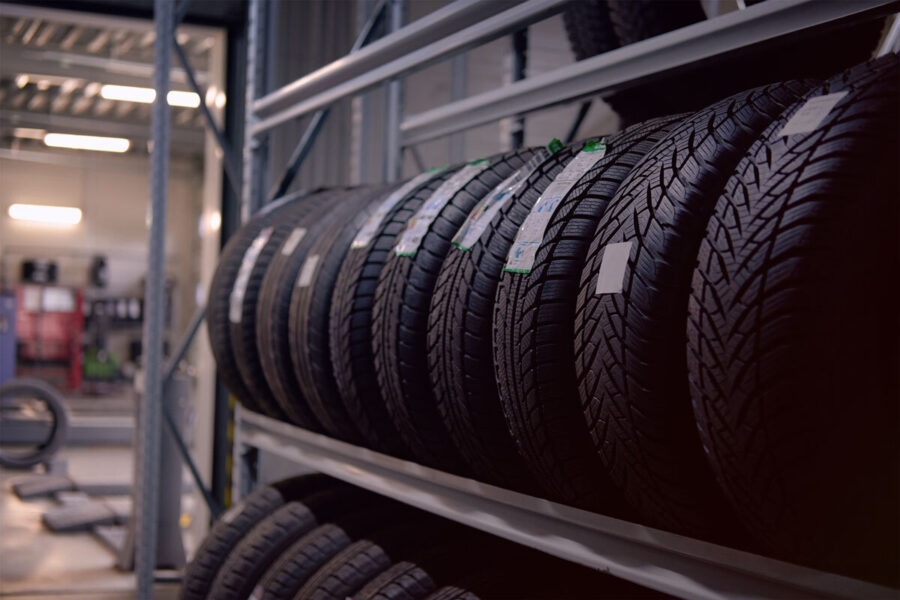
Differences between winter and summer tires
A German rule of thumb says: from O to O: So from Easter (Ostern) to October (Oktober), it is summer tire season, after that it’s the turn of winter tires. But what is the difference between summer and winter tires and is there an obligation to change tires in Germany?

Both in spring and in autumn a tire change is due. You can find instructions on how to change your tires yourself here.
But why do the tires actually have to be changed and is the tire change mandatory?
In fact, winter and summer tires differ in several ways that make them more suitable for the season and ensure that the tires can best respond to different weather conditions.
In summary, these are: the profile and the rubber compound.
In winter tires, the treads are arranged in a sipe-like fashion. As soon as the tire is pressed to the ground, these sipes unfold and create different heights. The sipes thus provide good grip and ensure that water can be drained away.
For perfect grip on ice and snow, winter tires also have extra-wide tread grooves. Snow can accumulate particularly well in them. That might sound good at first, but it provides extra grip because snow adheres well to snow. The tread of summer tires looks somewhat different: For example, they are designed more to displace large amounts of water when it rains heavily. In addition, large rubber blocks are incorporated into the treads, which ensure more contact with the road surface.
Important:
Regardless of whether summer or winter tires are used, the tread depth of the tires should be measured regularly. The recommendation that ensures safe driving is at least three millimeters for summer tires and at least four millimeters for winter tires.

The next big difference between summer and winter tires is their rubber composition:
Winter tires consist of a softer rubber compound than summer tires. They have a higher rubber content and can therefore remain supple even at lower temperatures and adapt better to the ground conditions.
Summer tires, on the other hand, are much harder and designed to perform optimally at higher temperatures.
Is it obligatory to change tires to match the season?
Here in Germany, there is no general winter tire obligation that applies from a certain point in time. What has existed since 2010, however, is a situational winter tire obligation: in other words, the obligation to drive only with winter tires in certain weather conditions.

Good to know:
For all-season tires, make sure that they have the Alpine sign (snowflake in a mountain) just like normal winter tires. If they do not have this sign, they are not suitable for winter.
So winter tires must be worn in icy conditions, snow and the like. Anyone who violates this rule could face fines and a point in Flensburg. In fact, a tire change is not only sensible because of the otherwise threatening penalties, but also protects against possible accidents. If you are driving in snow with summer tires, the braking distance increases drastically: at 50km/h it is twice as far as with winter tires!
And even with winter tires in the summer, you are not safe on the road, because even there the braking distance increases. In addition, the insurance can reject your claim if an accident occurs due to incorrect tires.
Therefore, a change of tires is more than sensible and protects not only the wallet, but also your own life in an emergency.


